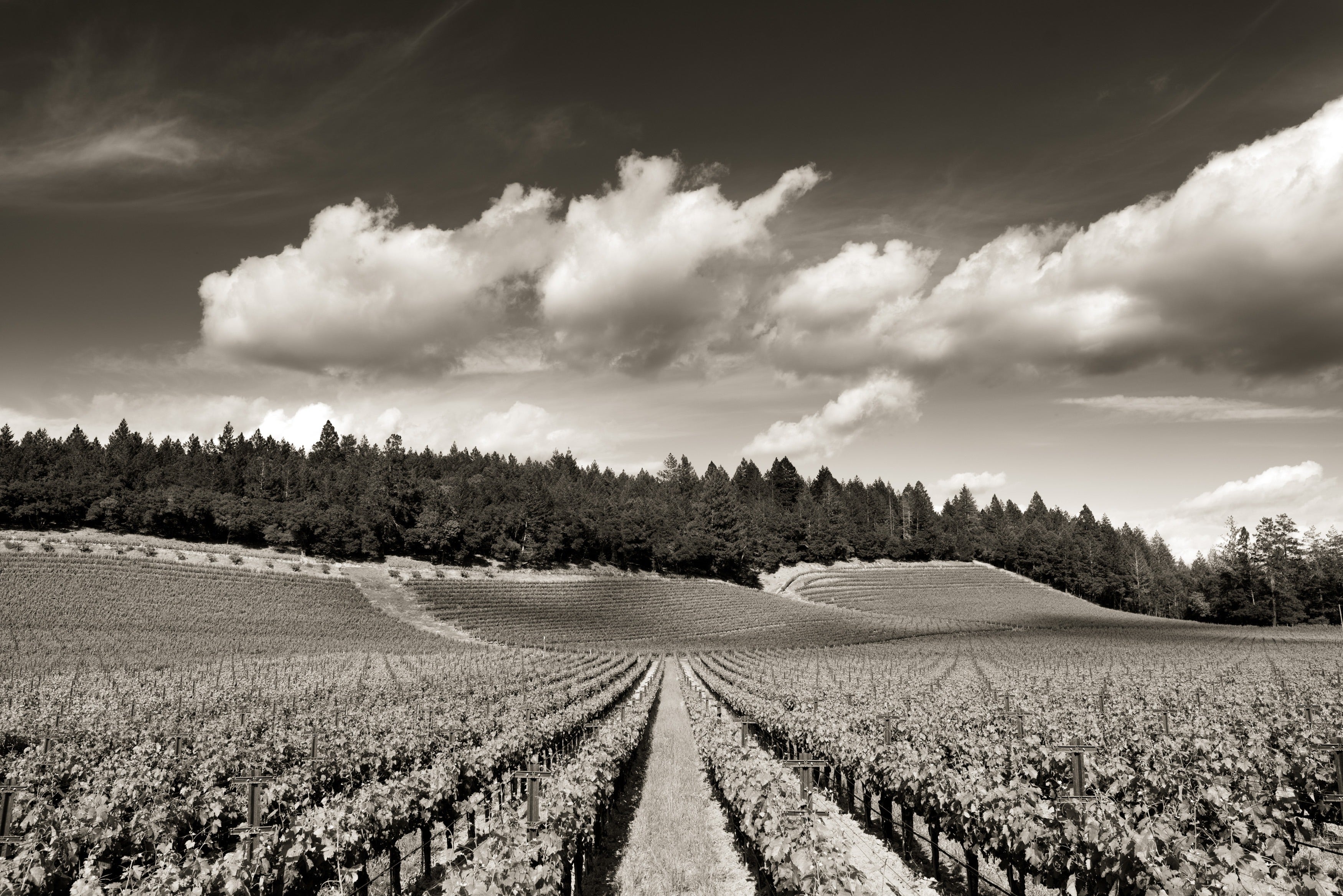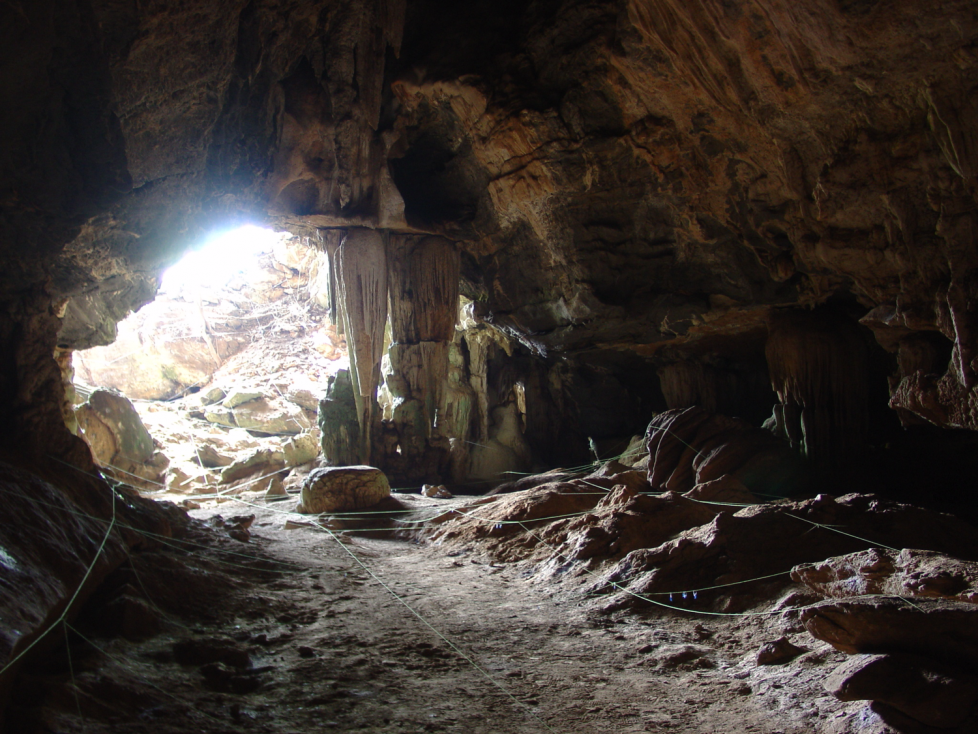

The functional characteristics of a species in its habitat is referred to as “niche” in that common habitat.Niche refers to the unique functional role and position of a species in its habitat or ecosystem.For example, the density of birds is greater in the ecotone between the forest and the desert.In the terrestrial ecosystems edge effect is especially applicable to birds.The organisms which occur primarily or most abundantly in this zone are known as edge species.Sometimes the number of species and the population density of some of the species in the ecotone is much greater than either community.

Edge effect refers to the changes in population or community structures that occur at the boundary of two habitats (ecotone).Ecocline occurs across the environmental gradient (gradual change in abiotic factors such as altitude, temperature (thermocline), salinity (halocline), depth, etc.).Ecocline is a zone of gradual but continuous change from one ecosystem to another when there is no sharp boundary between the two in terms of species composition.A well-developed ecotone contains some organisms which are entirely different from that of the adjoining communities.Usually, the number and the population density of the species of an outgoing community decreases as we move away from the community or ecosystem.It has conditions intermediate to the adjacent ecosystems.It may be narrow (between grassland and forest) or wide (between forest and desert).Other examples are grassland (between forest and desert), estuary (between fresh water and salt water) and riverbank or marshland (between dry and wet).the mangrove forests represent an ecotone between marine and terrestrial ecosystem. Ecotone is the zone where two communities meet and integrate.



 0 kommentar(er)
0 kommentar(er)
